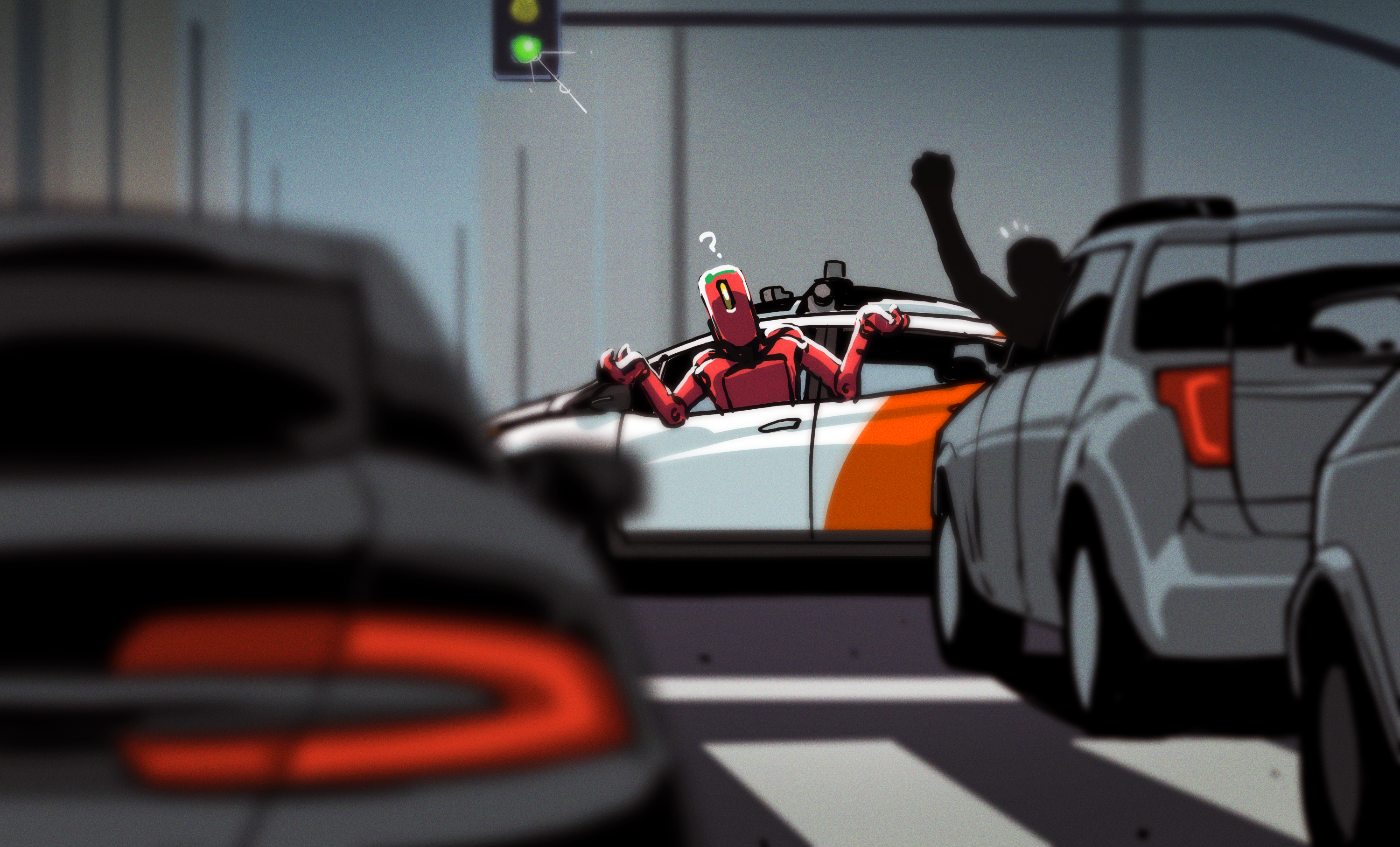Ask Hackaday: Why Do Self Driving Cars Keep Causing Traffic Jams? [Hackaday]

Despite what some people might tell you, self-driving cars aren’t really on the market yet. Instead, there’s a small handful of startups and big tech companies that are rapidly developing prototypes of this technology. These vehicles are furiously testing in various cities around the world.
In fact, depending on where you live, you might have noticed them out and about. Not least because many of them keep causing traffic jams, much to the frustration of their fellow road users. Let’s dive in and look at what’s going wrong.
Ground Zero: San Francisco

Two of the biggest companies in the self-driving space are Cruise and Waymo, tied to General Motors and Google’s head company Alphabet, respectively. Both operate prototype fleets in San Francisco, with the city offering a perfect training ground for autonomous vehicles. The busy metropolis is no cakewalk, with plenty of tight streets, busy traffic, and various types of public transport to contend with.
It’s no coincidence, then, that San Francisco has become ground zero for stories of self-driving calamities out on the roads. December saw a Cruise vehicle stop at a red light, later refusing to move for a full thirteen minutes. January saw a Waymo car block an intersection at rush hour, much to the ire of other road users. Others have blocked buses, and gaggles of cars have lost their way in deep fog.
Emergency responders have come into conflict with the vehicles, too. In concerning scenes, a driverless Cruise vehicle attempted to drive through a zone where firefighters were battling a blaze downtown. The vehicle nearly ran over fire hoses, only coming to a stop after one firefighter smashed the car’s windscreen. It’s by no means an isolated incident either. In a more recent incident, public safety officials resorted to lighting flares and shouting before eventually getting an autonomous vehicle to halt on an emergency scene. Meanwhile, a Waymo vehicle got caught up near a parade, eventually responding to hand signals from a police officer to get out of the way.
Error: Road Not Found
In some of these cases, the cause of the problems is obvious. For example, in heavy fog, a driverless car will obviously lose visibility of the road around it, and it may decide driving further is too dangerous. Alternatively, rain, dirt, or snow may cover a sensor, completely blinding the car. However, unlike a human, it may not have the skills required to safely find a place to stop. To avoid doing harm, the cars may simply come to a halt where they stand, unfortunately blocking roads in the process.

Other issues can be more technical in nature. A cellular connectivity issue may frustrate a driverless car’s navigation, and strip it of up-to-the-minute data on traffic conditions and road closures. There’s also the potential for groupthink causing problems. Such a glitch might send a bunch of driverless cars the wrong way down a street that’s temporarily one-way, for example. It would only take a couple driverless cars to follow each other and the situation would quickly become unrecoverable without human rescue. Humans are readily able to adapt and find their way out of confusing situations. They’ll readily find a way around roadworks, temporary blockages, and vehicles stranded in the roadway.
Driverless cars, on the other hand, are still learning to drive under normal conditions. They’ve barely got that down yet, let alone dealing with the odd random situations that occur all the time out on public roads. If in doubt, they simply cry for help and come to a stop. Untangling these messes can take quite some time for the humans watching on the back end, which simply isn’t good enough.
Indeed, it’s this behaviour that is at the root of many of these incidents. In the event that the world is too complex to understand, or a sensor fails, or something bad happens, driverless cars typically decide to just stop. While this behavior minimises the risk of a dangerous collision or incident, it nonetheless completely frustrates every other user of the road network. In some cases, the cars have been able to get going again after some period of time. In others, teams of support staff have had to deploy to the area to recover the vehicles. In the latter case, it’s perhaps useful that many of the prototype driverless cars retain regular steering wheels and pedals, allowing humans to drive them away if all else fails.
The Ask
We’d love to know your insight on this problem. How can driverless cars become rugged individualists that can handle the rough and tumble of everyday city driving? Failing that, is there a better way they could respond to problems that doesn’t involve simply sitting on the brakes in the middle of a busy street? Sound off with your best ideas, such that the world’s finest self-driving developers can crib from the comment section and get this problem sorted toot-sweet!

![ask-hackaday:-why-do-self-driving-cars-keep-causing-traffic-jams?-[hackaday]](https://i0.wp.com/upmytech.com/wp-content/uploads/2023/05/122506-ask-hackaday-why-do-self-driving-cars-keep-causing-traffic-jams-hackaday-scaled.jpg?resize=800%2C445&ssl=1)